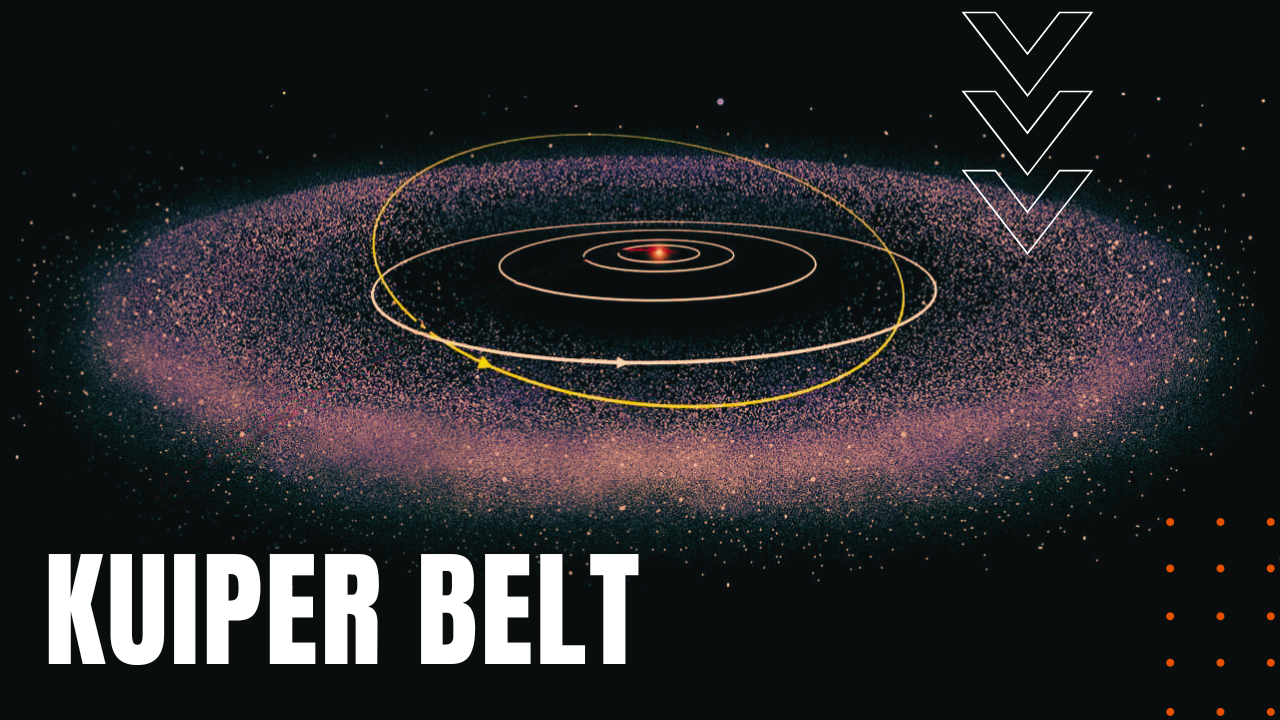The Kuiper Belt

First predicted by astronomer Gerard Kuiper in 1951, his namesake, the Kuiper Belt, is now known to be an expansive region in our outer solar system extending well beyond Neptune, some 30 to 50 astronomical units from the Sun, wherein one astronomical unit or AU is the distance between the Earth and the Sun, placing the Kuiper Belt approximately 93 million miles from Earth. In more recent data returned by NASA’s unmanned New Horizons probe launched in 2006, New Horizons is now passing through the Kuiper Belt, leading scientists to recalculate the belt’s size and distance from the Earth, which may push the far reaches of the belt to as far out as 80 AUs from Earth.
What’s a KBO?
Home to a diverse field of Kuiper Belt Objects or KBOs, the Kuiper Belt is populated by countless chunks of ice, rock and comets, including dwarf planets such as Pluto, Eris, Haumea and Makemake, which represent remnant building blocks of our early solar system that never coalesced into full-fledged planets. Composed of compounds such as water, methane and ammonia, after the James Webb telescope went into service on December 25, 2021, astronomers continue to study the Kuiper Belt to better comprehend the conditions, forces and processes that existed in the outer solar system during its formative period some 4.5 billion years ago. As we understand it today, the solar system formed from a dense cloud of interstellar gas and dust, that may have collapsed due to the shockwave of a nearby exploding star or supernova. Following the dust cloud’s collapse, it formed into a solar nebula consisting of a spinning, swirling disk of material pulled together by gravity, until high core pressure forced helium and hydrogen atoms to combine in a mega-release of energy, effectively birthing our Sun.
A Stable Region
Matter from the Kuiper Belt and the theorized Oort Cloud also clumped together at great distances from the Sun, forming the planets we know today, as well as dwarf planets and large moons, along with the asteroid and Kuiper Belts that failed to form into planets. Other leftover pieces formed into asteroids, comets, irregular moons and meteoroids, and while gravitational interactions between Neptune and Kuiper Belt objects sometimes hurl short-term KBO comets into the inner solar system, scientists believe that the Kuiper Belt is a dynamically stable region, with objects orbiting the Sun in relatively stable pathways, making the Kuiper Belt, the essential building blocks of Earth and her celestial neighbors.
